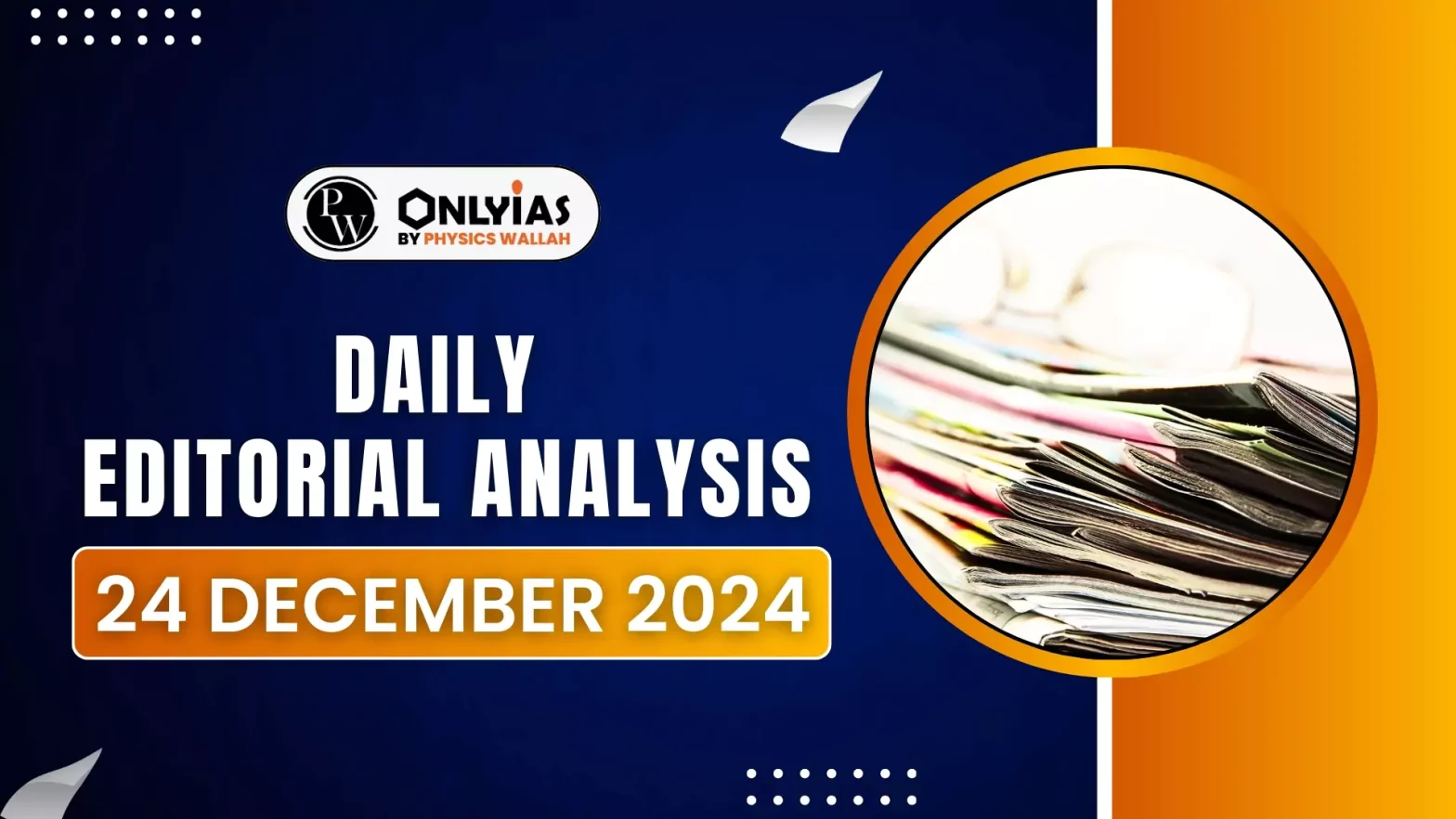In an address in August 2024, Prime Minister Narendra Modi expressed optimism that India’s skilled workforce would play a significant role in the global job market.
Global Trends Shaping International Labour Migration
- Demographic transitions like low fertility rate, globalization in terms of diluted national boundaries, technological advancements like the AI, and climate change are altering the demand and supply for international migrant workers.
- A central focus of these changes is the increasing importance of skilled labour in global migration policies.
Enroll now for UPSC Online Classes
Skill-Based Work Force and India’s Challenges
- Need for Skill-Based Workers: Many traditional migrant destinations (U.S., U.K., Canada, GCC countries) and new destinations (Germany, South Korea, Japan) are increasingly prioritising skill-selective immigration.
- Countries recognize that their responses to issues such as an ageing population, digitalisation, and economic diversification can be met by attracting skilled migrant workers.
- India’s Challenge Addressing Global Skills Gaps: India’s policy interventions in international labour migration are fragmented and often not evidence-based. Data on migrant labour outflows is limited to emigration clearances, which cover only low-skilled workers to select countries.
- Lack of Data: This data inadequacy hinders the formulation of effective policies.
- Lack of Comprehensive National Policy: India needs a national policy on international labour migration, with skill-centred migration as a central pillar.
- Limited Approach of Bilateral Agreements: India’s efforts on international labour mobility have largely been through bilateral agreements focusing on social security, skills, protection, and welfare.
- These agreements are mostly one-off initiatives and lack a unified policy framework, with little evaluation of their effectiveness.
Way Forward
- Anticipating Skill Demands: A critical first step is identifying and anticipating the skills in demand across key sectors in destination countries.
- Organizations like the European Centre for the Development of Vocational Training are using skill forecasting methodologies to predict skill needs. India can leverage similar data and analytics to respond effectively.
- Data from regional and national forecasting exercises, especially for countries like the U.S., the U.K., and Canada, which typically focus on the medium term (2-5 years), can help India align its skill offerings to global needs.
- Use of Big Data: This should be supplemented by big data analytics of real-time online job vacancies in target countries where India seeks to become a leading supplier of skills.
- Mapping and Enhancing Skill Development Capacity: India must assess its skill development capacity by mapping current efforts, integrating key skills into curricula, adapting international programs, and creating short-term, destination-specific training.
- Matching Global Standards: Raising the quality of skill development to international standards is key.
- India should review its National Skills Qualification Framework to ensure it aligns with the qualification systems of major destination countries.
- Return Immigration: India needs to better utilize the skills of returning migrants by accrediting the skills they acquire abroad. This would ease their reintegration into the Indian labour market.
- Building Information System: India should develop a comprehensive, skill-centred international labour migration information system.
- This platform would track key indicators of skills and migration, enabling evidence-based interventions and fostering skill partnerships between India and key destination countries.
Check Out UPSC NCERT Textbooks From PW Store
Conclusion
A coordinated and evidence-based approach to skill-centred international labour migration is essential for India to capitalize on global opportunities. By aligning skill development, creating data-driven systems, and focusing on returning migrants, India can improve migration outcomes and contribute to global skill mobility.
![]() 24 Dec 2024
24 Dec 2024

